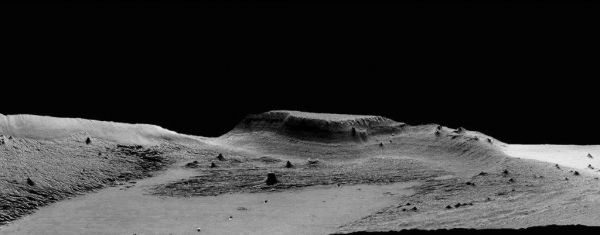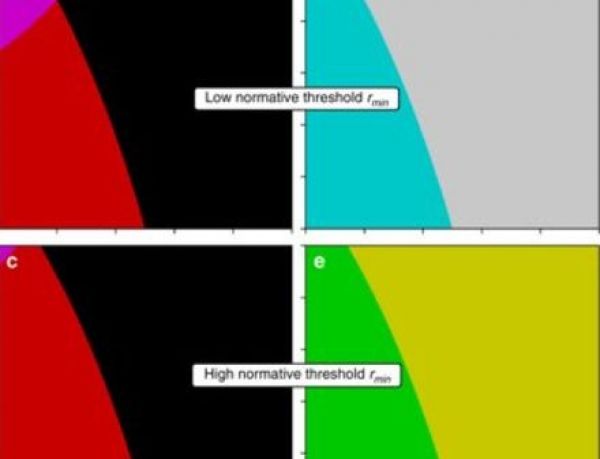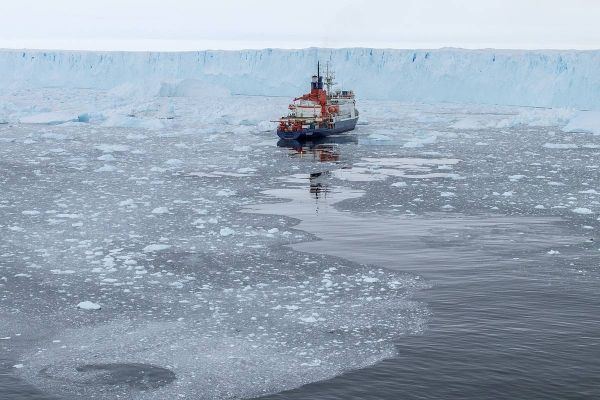
Explosive volcanic eruptions that shot jets of hot ash, rock and gas skyward are the likely source of a mysterious Martian rock formation, a new study finds. The new finding could add to scientists’ understanding of Mars’s interior and its past potential for habitability, according to the study’s authors.
>> Read the Full Article

Optimizing economic welfare without constraints might put human well-being at risk, a new climate study argues. While being successful in bringing down costs of greenhouse gas reductions for instance, the concept of profit maximization alone does not suffice to avoid the tipping of critical elements in the Earth system which could lead to dramatic changes of our livelihood. The scientists use mathematical experiments to compare economic optimization to the governance concepts of sustainability and the more recent approach of a safe operating space for humanity. All of these turn out to have their benefits and deficits, yet the profit-maximizing approach shows the greatest likelihood of producing outcomes that harm people or the environment.
>> Read the Full Article

The Pine Island Glacier in Western Antarctica is not only one of the fastest-flowing ice streams in the Southern Hemisphere; over the past eleven years, four major icebergs have calved from its floating tongue. In February 2017, researchers on board the German research icebreaker Polarstern successfully mapped an area of seafloor previously covered by shelf ice. A comparison of these new maps with satellite images of the ice stream reveals why the glacier suddenly retreated toward the coast: at important points, it had lost contact with the ground, as the experts report in the online journal The Cryosphere, a journal of the European Geosciences Union.
>> Read the Full Article

 ENN
Environmental News Network -- Know Your Environment
ENN
Environmental News Network -- Know Your Environment